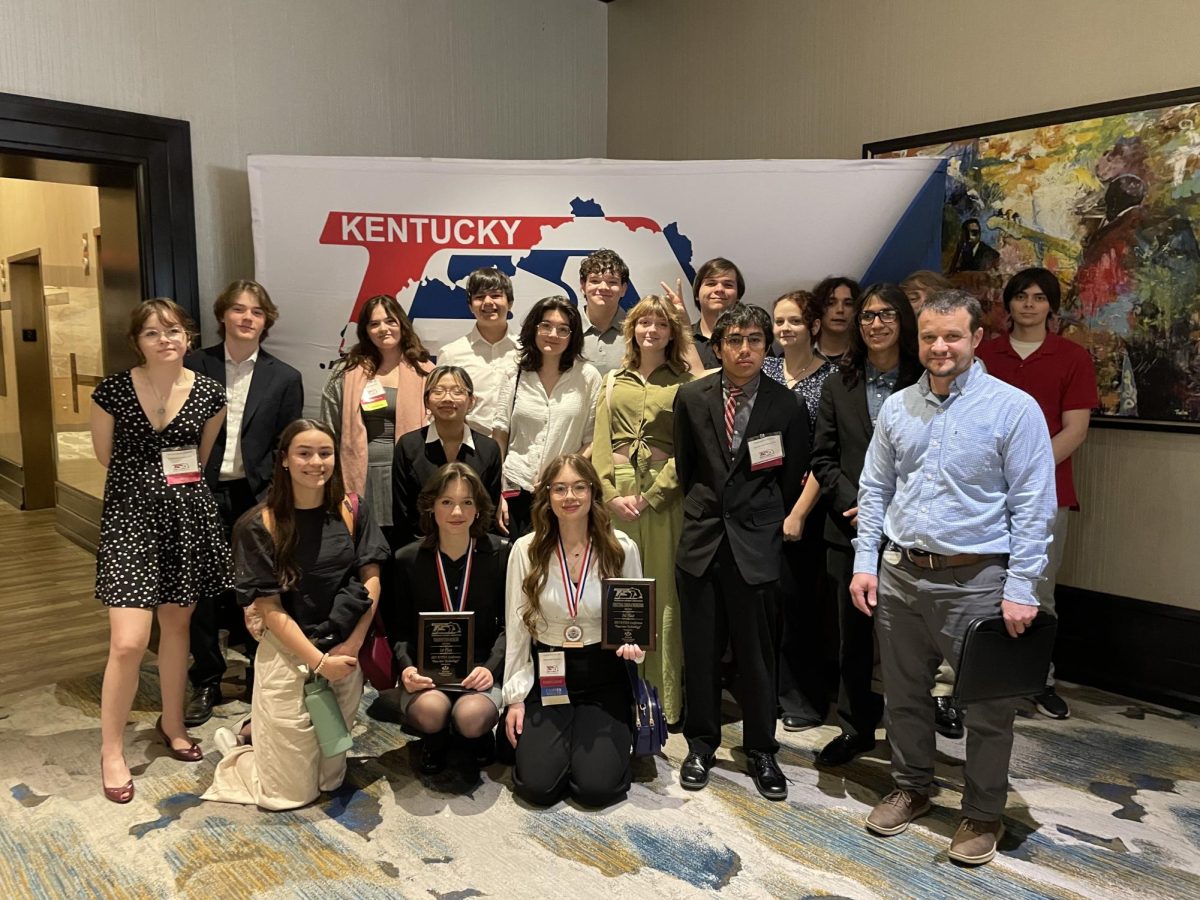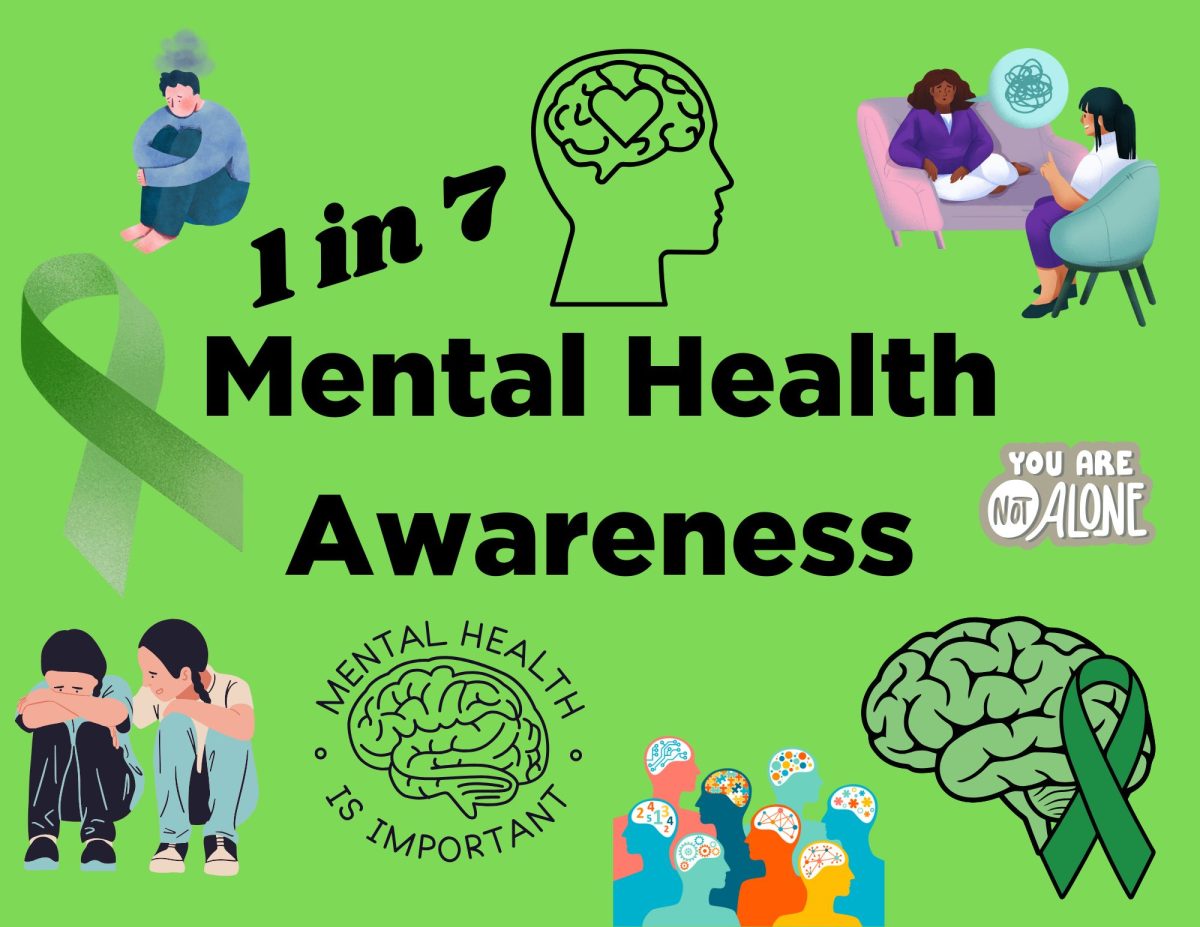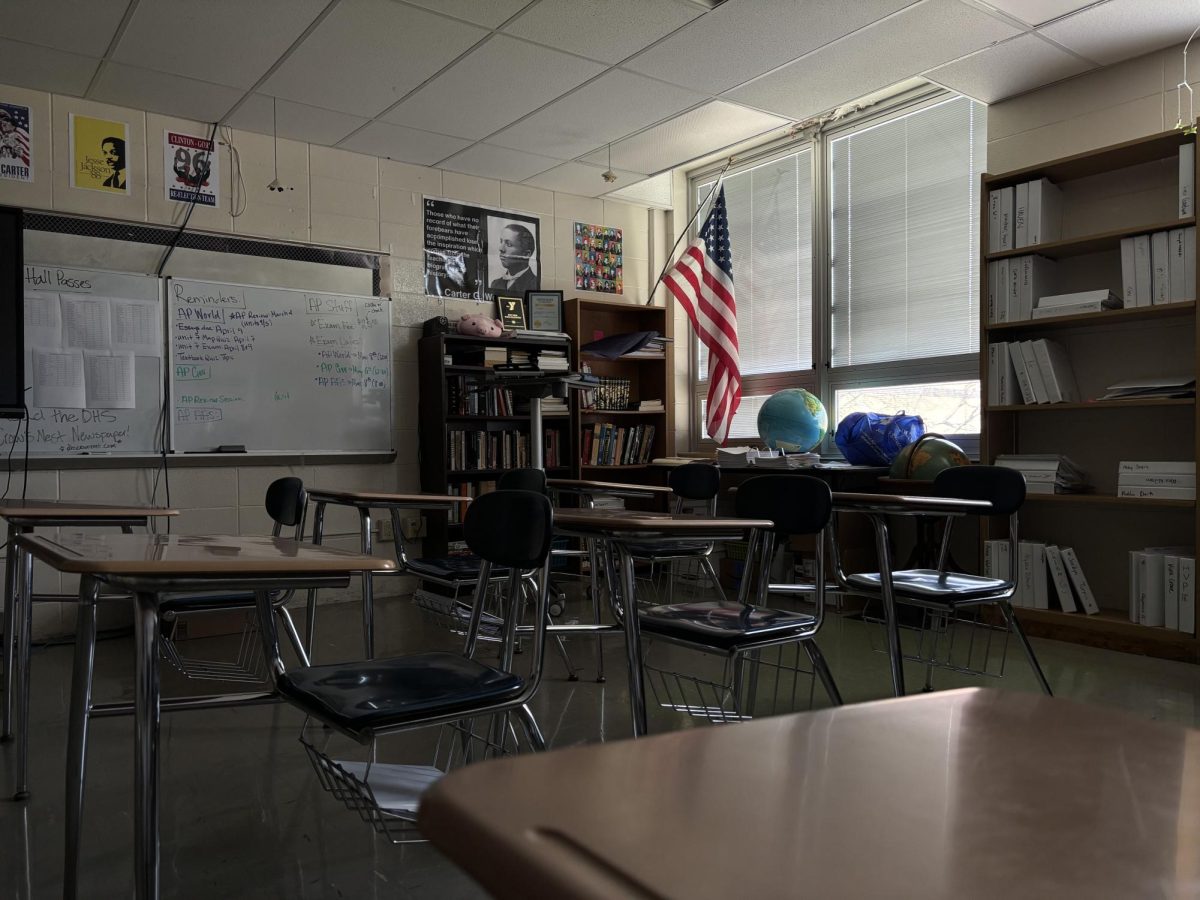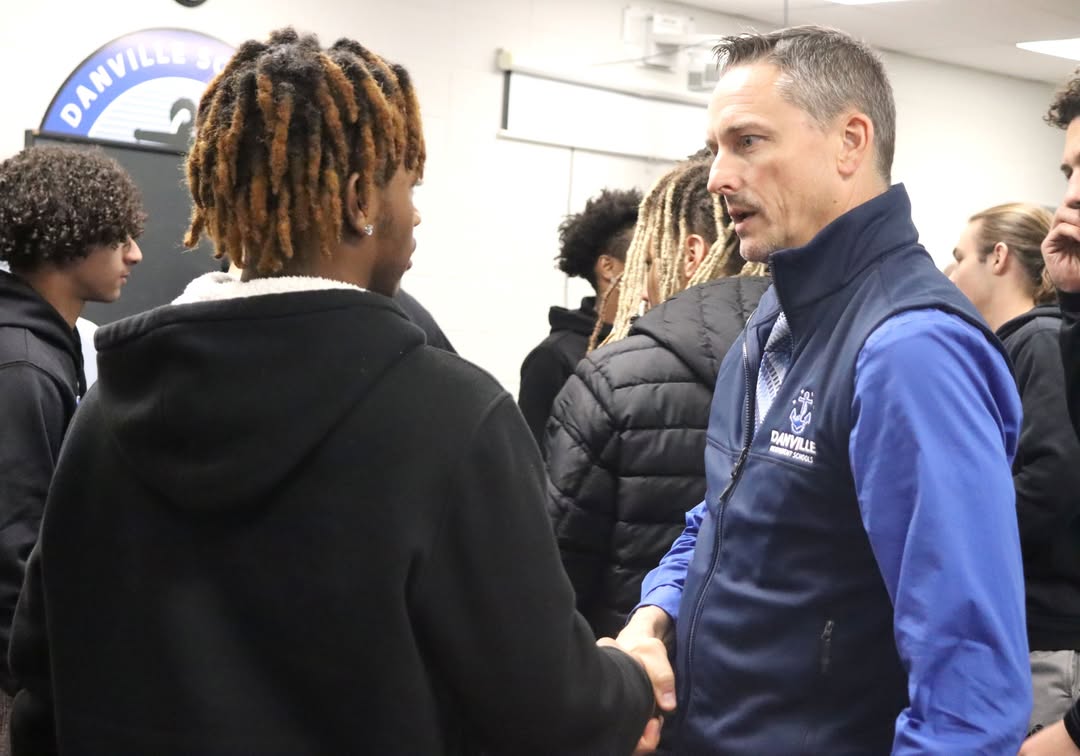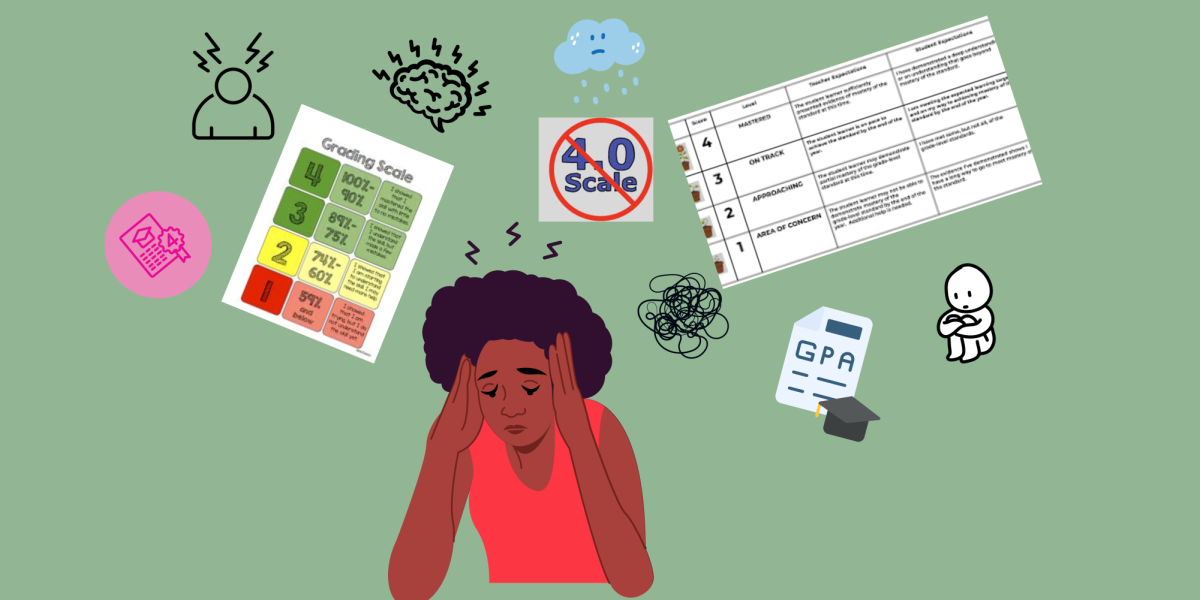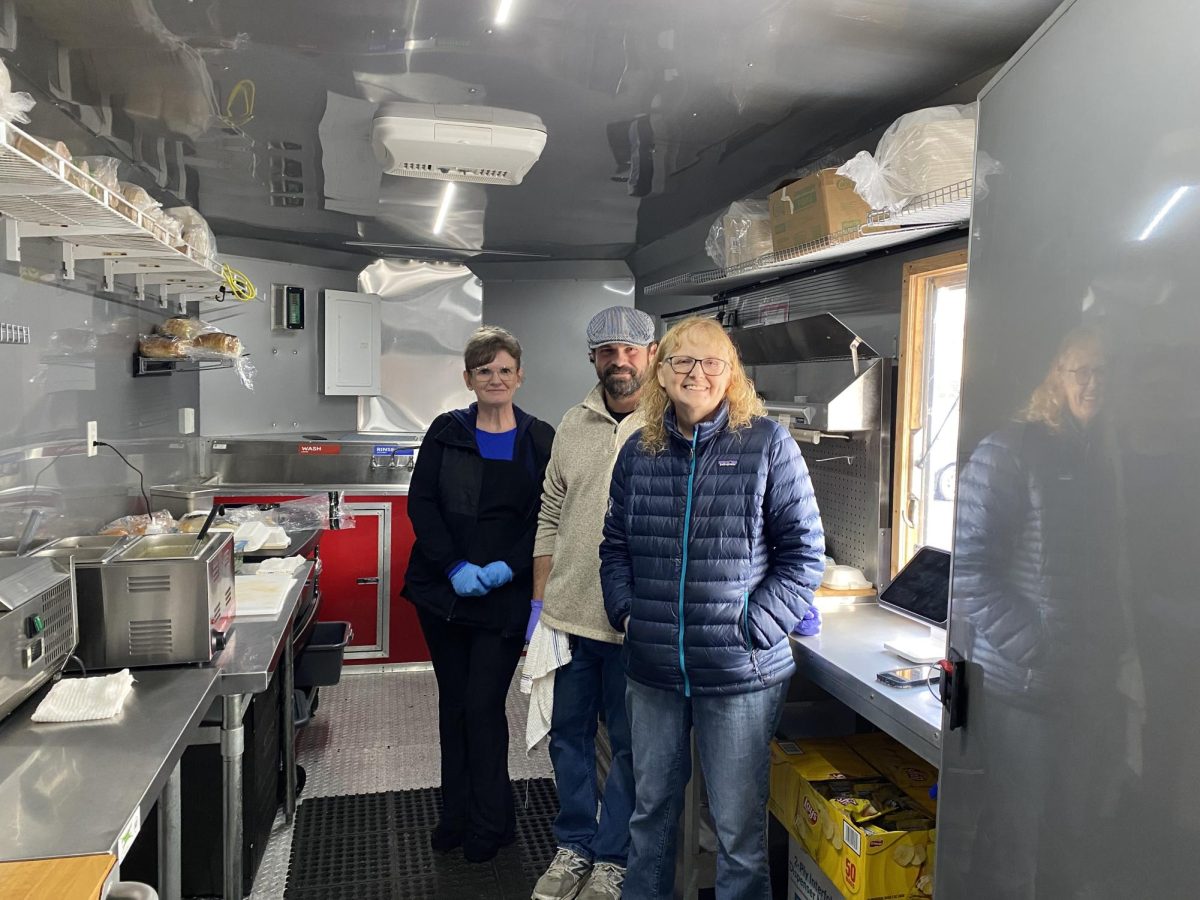In 2024, the National Oceanic and Atmospheric Administration reported that 568 people died from climate/weather related disasters in the United States. From 1980 to 2024, the annual average of severe climate/weather disasters was nine. In the past five years (2020-2024), that number has increased to 23 disasters a year.
Climate change is not a new thing, but with vast increases in temperature, a wider range of impact, and more devastating results, climate change has become a hot topic.
According to the National Center for Environmental Information (NCEI), in 2024, North America had its warmest summer yet. The nation has seen the impact of this extreme heat in Los Angeles, where climate scientists at the University of California, Los Angeles reported that a huge factor behind the city’s wildfires growing so big was the intense dryness of the summer, fall and winter. This led to dry brush, which is more likely to catch fire.
There was also an increase in flooding and storms in the southern Appalachian region in 2022, with prominent flooding in the Floyd, Knott and Clay county region. This more aggressive weather is attributed to climate change; as more water is evaporated from warmer temperatures, there is more precipitation, leading to floods in valley areas.
In the summer of 2024, Hurricane Helene left its devastating effects and was the deadliest Atlantic hurricane since Maria in 2017, according to the NCEI. It was also the deadliest hurricane to affect the continental U.S. since Hurricane Katrina in 2005, killing around 219 but not surpassing Katrina’s 1,833 fatalities.
With hurricanes, wildfires and devastating winter storms, it makes sense to feel hopeless. Climate change has been on the rise since the peak Industrial Revolution in the 1800s and has only gotten worse, according to the Environmental Protection Agency. But what does this mean for future generations?
According to the EPA, by the year 2100, the average U.S. temperature is on track to increase from 3 degrees Fahrenheit to 12 degrees Fahrenheit, which would lead to even more intense heat waves, precipitation changes, a higher rate of hurricanes, increased ocean levels and more frequent droughts.

Climate change will impact every aspect of life. It will be harder to farm produce and livestock due to weather conditions and droughts. Schools will experience more Non-Traditional Instruction (NTI) days due to extreme weather, impeding on education quality. Homes and cities will be destroyed by high winds, flooding and fires. Public health will be compromised with smoke in the air from fires and dangerous temperatures. Excessing flooding and ice will result in transportation issues.
But what can be done? Although climate change can’t be reversed overnight, consistent, small changes and progress over time might slow this crisis. Already, the hole in the ozone layer was reported by NASA as being smaller in 2024, and could even fully close by 2066. The change is due to a combination of declines in harmful chlorofluorocarbon (CFC) chemicals, along with an unexpected infusion of ozone carried by air currents from north of Antarctica.
A few examples of small changes individuals can make are:
- Switching from driving to using public transportation, biking, walking, or carpooling.
- Instead of eating so much meat and dairy products, try eating more produce or plant-based options to counter the greenhouse gasses emitted from livestock farming.
- Decreasing the amount of energy you use in your home by lowering the thermostat or turning off lights.
- For more large-scale changes, going from fossil fuels to renewable energy sources such as solar power or wind power.
While there won’t be an overnight change, perhaps there is a chance to fix the damage done before we hit a climate tipping point. According to the Natural Resources Defence Control, hitting a “climate tipping point” means reaching a point in climate change that no matter what changes are made, the effects cannot be reversed. Some scientists believe that a few of these thresholds have been passed, meaning that the course our planet is on is a dangerous and irreversible path. Change must begin now because there is no planet 2.0.



